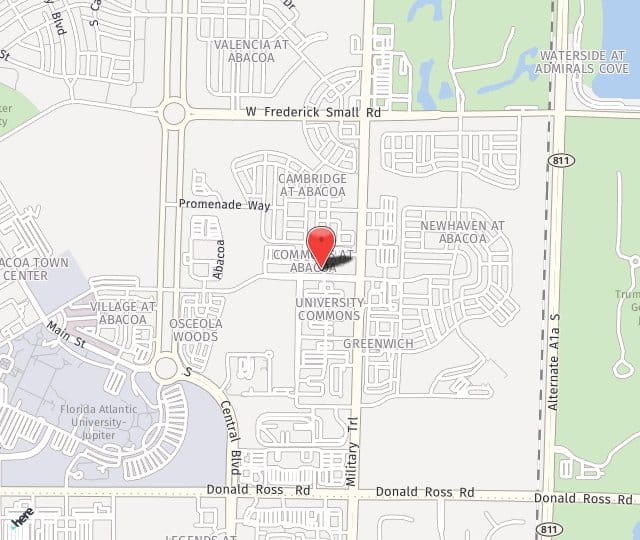Otoplasty (ear surgery) is a cosmetic procedure to improve the appearance of the ears. Otoplasty does not affect hearing, and provides significant psychological benefits to anyone who is teased about ear size and/or shape, has had a serious ear injury, or simply wants to improve his or her appearance. Otoplasty is most often performed to set unusually protruding ears closer to the head (ear pinning) or to reduce the size of abnormally large ears. Otoplasty may also be helpful in repairing the following:
- Abnormal constructions (lop ear)
- Cauliflower ear (which results from repeated trauma)
- Large, stretched or torn earlobes
- Earlobes with large creases and wrinkles
- Microtia (abnormally small ears)
New ears or parts of ears can be constructed for patients who are missing them from causes that include birth defects, severe injuries and skin cancers.
Candidates for Otoplasty
People of any age who feel self-conscious about their ears may be good candidates for otoplasty, although it is typically performed on children between 4 and 14 years old. Ears are almost fully developed by the of age 4, so early surgery can help create self-confidence when a child begins going to school. Not everyone is a candidate for otoplasty; a patient must be in good general health, and have realistic expectations about what it can do.
Otoplasty Procedure
Otoplasty generally takes 2 to 3 hours, and is performed on an outpatient basis. The type of anesthesia used typically depends on the age of the patient, with general anesthesia recommended for very young patients, and local anesthesia and a sedative recommended for older children and adults.
Otoplasty begins with a small incision's being made behind the ear, in the natural crease where the ear meets the head. The cartilage is then sculpted and bent to achieve the desired appearance. In some types of otoplasty, skin is removed, but the cartilage is left in one piece and merely bent back on itself to create a less protruding ear.
After sculpting the cartilage to the desired shape, sutures and a bandage are used to hold the ear in position until healing is complete. To make sure they are as symmetrical as possible, both ears may be operated on even if only one has a problem.
Recovery After Otoplasty
Although the ears may ache or throb for a few days, a patient usually feels normal within hours of the surgery's completion. Medication is prescribed to help alleviate any discomfort. A few days after otoplasty, the bandages around the head are replaced with a surgical dressing that is worn for about a week, at which point the stitches are removed. Otoplasty patients should avoid sleeping on their sides for the first 2 weeks after surgery. About 1 week following otoplasty, most patients are able to return to their normal routines.
After the ears have healed completely, they usually have faint scars on their backs, which typically fade with time and, because of their strategic placement, are virtually invisible.
Risks and Complications of Otoplasty
Complications of otoplasty are rare and usually minor. A small percentage of otoplasty patients develops a blood clot on the ear or an infection in the cartilage. These issues may resolve on their own or be treated medically through intervention or antibiotics. Other possible complications include a change in skin sensation at the surgical site. There is also a possibility that a patient will not be satisfied with the appearance of the ears postsurgery. A patient should not expect the ears to match exactly; even natural ears are not entirely symmetrical.

